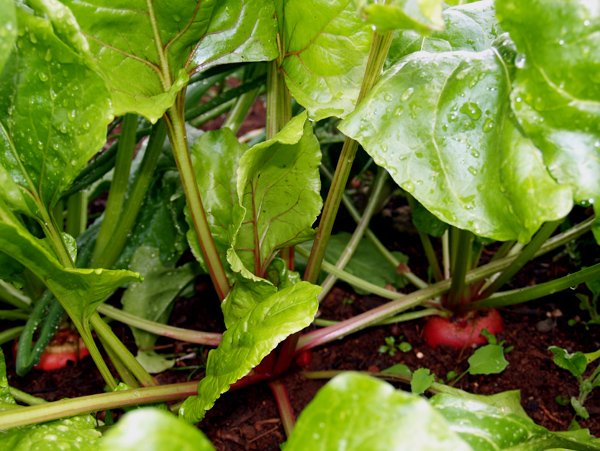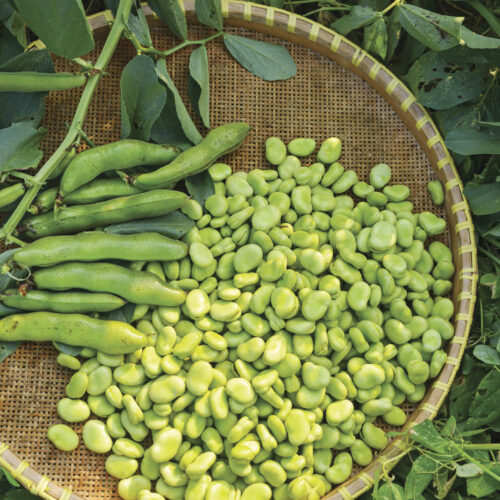What to Plant in March
2018-02-28T23:36:39+11:00
Justin Russell's guide to March planting across Australia.
In temperate zones the combination of warm soil and cooling temperatures means plants that go in now have a good chance of thriving. Go for frost-hardy species, especially brassicas such as broccoli, cabbage, Asian greens and rocket. Start planting spinach as the weather cools, and get in some peas, leeks, parsnips, carrots, beetroot and quick growers like turnips and radishes.
March is the traditional month to plant garlic in temperate areas. It’s a long season crop, so make sure your soil has enough guts to support the plants through eight or nine months worth of growth. Fork in some well-rotted manure if your soil is poor, and if the pH is acidic, add enough lime to bring it up to about 7 (pH test kits suggest application rates for liming soil). Dig a trench about 10cm deep, plant the cloves pointy end facing up, backfill and water. One good soak is usually enough to get the cloves to sprout – too much water makes them rot.
The bite is starting to go out of the weather in arid/semi-arid zones. As conditions cool plant vegies listed above along with members of the carrot family (Apiaceae) such as celery, coriander, and Florence fennel.
In the subtropics it’s a good time to start a winter crop of tomatoes and climbing beans, along with the cool season crops listed above.
If planting garlic try “day-length neutral” varieties such as Glen Large, or elephant garlic (also known as Russian garlic). In the tropics start planting bush and climbing beans, tomatoes, pumpkins, zucchinis, cucumber, melons, potatoes, eggplant and capsicums.






